We consider a novel fractional model to investigates the (tuberculosis) TB model dynamics with two age groups of human, that is, the children and the adults. First, we formulate the model and present the basic results associated to the model. Then, using the fractional operators, Caputo and the Atangana-Baleanu and obtain a generalized model. Further, we give a novel numerical approach for the solution of the fractional model and obtain their approximate solution. We show graphical results with various values of the fractional order. A comparison of the two operators are shown graphically. The results obtained through Atangana-Baleanu operator is flexible than that of Caputo derivative. The infection in tuberculosis (TB) infected people decreases fast when decreasing the fractional order.
1.
Introduction
The key to solving the general quadratic congruence equation is to solve the equation of the form x2≡amodp, where a and p are integers, p>0 and p is not divisible by a. For relatively large p, it is impractical to use the Euler criterion to distinguish whether the integer a with (a,p)=1 is quadratic residue of modulo p. In order to study this issue, Legendre has proposed a new tool-Legendre's symbol.
Let p be an odd prime, the quadratic character modulo p is called the Legendre's symbol, which is defined as follows:
The Legendre's symbol makes it easy for us to calculate the level of quadratic residues. The basic properties of Legendre's symbol can be found in any book on elementary number theory, such as [1,2,3].
The properties of Legendre's symbol and quadratic residues play an important role in number theory. Many scholars have studied them and achieved some important results. For examples, see the [4,5,6,7,8,9,10,11,12,13,14,15,16,17,18,19,20,21].
One of the most representative properties of the Legendre's symbol is the quadratic reciprocal law:
Let p and q be two distinct odd primes. Then, (see Theorem 9.8 in [1] or Theorems 4–6 in [3])
For any odd prime p with p≡1mod4 there exist two non-zero integers α(p) and β(p) such that
In fact, the integers α(p) and β(p) in the (1) can be expressed in terms of Legendre's symbol modulo p (see Theorems 4–11 in [3])
where r is any integer, and (r,p)=1, (rp)=−1, (∗p)=χ2 denote the Legendre's symbol modulo p.
Noting that Legendre's symbol is a special kind of character. For research on character, Han [7] studied the sum of a special character χ(ma+ˉa), for any integer m with (m,p)=1, then
which is a special case of a general polynomial character sums ∑N+Ma=N+1χ(f(a)), where M and N are any positive integers, and f(x) is a polynomial.
In [8], Du and Li introduced a special character sums C(χ,m,n,c;p) in the following form:
and studied the asymptotic properties of it. They obtained
Recently, Yuan and Zhang [12] researched the question about the estimation of the mean value of high-powers for a special character sum modulo a prime, let p be an odd prime with p≡1mod6, then for any integer k≥0, they have the identity
where
and for any integer r with (r,p)=1.
More relevant research on special character sums will not be repeated. Inspired by these papers, we have the question: If we replace the special character sums with Legendre's symbol, can we get good results on p≡1mod4?
We will convert β(p) to another form based on the properties of complete residues
where ˉa is the inverse of a modulo p. That is, ˉa satisfy the equation x⋅a≡1modp for any integer a with (a,p)=1.
For any integer k≥0, G(n) and Kk(p) are defined as follows:
In this paper, we will use the analytic methods and properties of the classical Gauss sums and Dirichlet character sums to study the computational problem of Kk(p) for any positive integer k, and give a linear recurrence formulas for Kk(p). That is, we will prove the following result.
Theorem 1. Let p be an odd prime with p≡1mod4, then we have
for all integer k≥4 with
where
Applying the properties of the linear recurrence sequence, we may immediately deduce the following corollaries.
Corollary 1. Let p be an odd prime with p≡1mod4. Then we have
Corollary 2. Let p be an odd prime with p≡1mod4. Then we have
Corollary 3. Let p be an odd prime with p≡1mod4. Then we have
Corollary 4. Let p be an odd prime with p≡1mod8. Then we have
where
If we consider such a sequence Fk(p) as follows: Let p be a prime with p≡1mod8, χ4 be any fourth-order character modulo p. For any integer k≥0, we define the Fk(p) as
we have
2.
Some lemmas
Lemma 1. Let p be an odd prime with p≡1mod4. Then for any fourth-order character χ4modp, we have the identity
where
denotes the classical Gauss sums, e(y)=e2πiy,i2=−1, and α is the same as in the Theorem 1.
Proof. See Lemma 2.2 in [9].
Lemma 2. Let p be an odd prime. Then for any non-principal character ψ modulo p, we have the identity
where χ2=(∗p) denotes the Legendre's symbol modulo p.
Proof. See Lemma 2 in [12].
Lemma 3. Let p be a prime with p≡1mod4, then for any integer n with (n,p)=1 and fourth-order character χ4modp, we have the identity
Proof. For any integer a with (a,p)=1, we have the identity
if a satisfies a≡b4modp for some integer b with (b,p)=1 and
otherwise. So from these and the properties of Gauss sums we have
Noting that for any non-principal character χ,
and
Then we have
For any non-principal character ψ, from Lemma 2 we have
Taking ψ=χ4, note that
from (3) and (4), we have
Similarly, we also have
Consider the quadratic character modulo p, we have
And when p≡1mod8, we have χ4(−1)=1; when p≡5mod8, we have χ4(−1)=−1. Combining (2) and (5)–(7) we can deduce that
This prove Lemma 3.
Lemma 4. Let p be an odd prime with p≡1mod4. Then for any integer k≥4 and n with (n,p)=1, we have the fourth-order linear recurrence formula
where
(∗p)=χ2 denotes the Legendre's symbol.
Proof. For p≡1mod4, any integer n with (n,p)=1, and fourth-order character χ4 modulo p, we have the identity
where χ0 denotes the principal character modulo p.
According to Lemma 3,
We have
According to Lemma 1, we have
Therefore, we may immediately deduce
and
which implies that
So for any integer k≥4, from (8)–(11), we have the fourth-order linear recurrence formula
This proves Lemma 4.
3.
Proof of the theorem
In this section, we will complete the proof of our theorem.
Let p be any prime with p≡1mod4, then we have
It is clear that from Lemma 4, if k≥4, we have
Now Theorem 1 follows (12)–(16). Obviously, using Theorem 1 to all negative integers, and that lead to Corollary 1.
This completes the proofs of our all results.
Some notes:
Note 1: In our theorem, know n is an integer, and (n,p)=1. According to the properties of quadratic residual, χ2(n)=±1, χ4(n)=±1.
Note 2: In our theorem, we only discussed the case p≡1mod8. If p≡3mod4, then the result is trivial. In fact, in this case, for any integer n with (n,p)=1, we have the identity
Thus, for all prime p with p≡3mod4 and k≥1, we have Kk(p)=0.
4.
Conclusions
The main result of this paper is Theorem 1. It gives an interesting computational formula for Kk(p) with p≡1mod4. That is, for any integer k, we have the identity
Thus, the problems of calculating a linear recurrence formula of one kind special character sums modulo a prime are given.
Use of AI tools declaration
The authors declare they have not used Artificial Intelligence (AI) tools in the creation of this article.
Acknowledgments
The authors are grateful to the anonymous referee for very helpful and detailed comments.
This work is supported by the N.S.F. (11971381, 12371007) of China and Shaanxi Fundamental Science Research Project for Mathematics and Physics (22JSY007).
Conflict of interest
The authors declare no conflicts of interest.











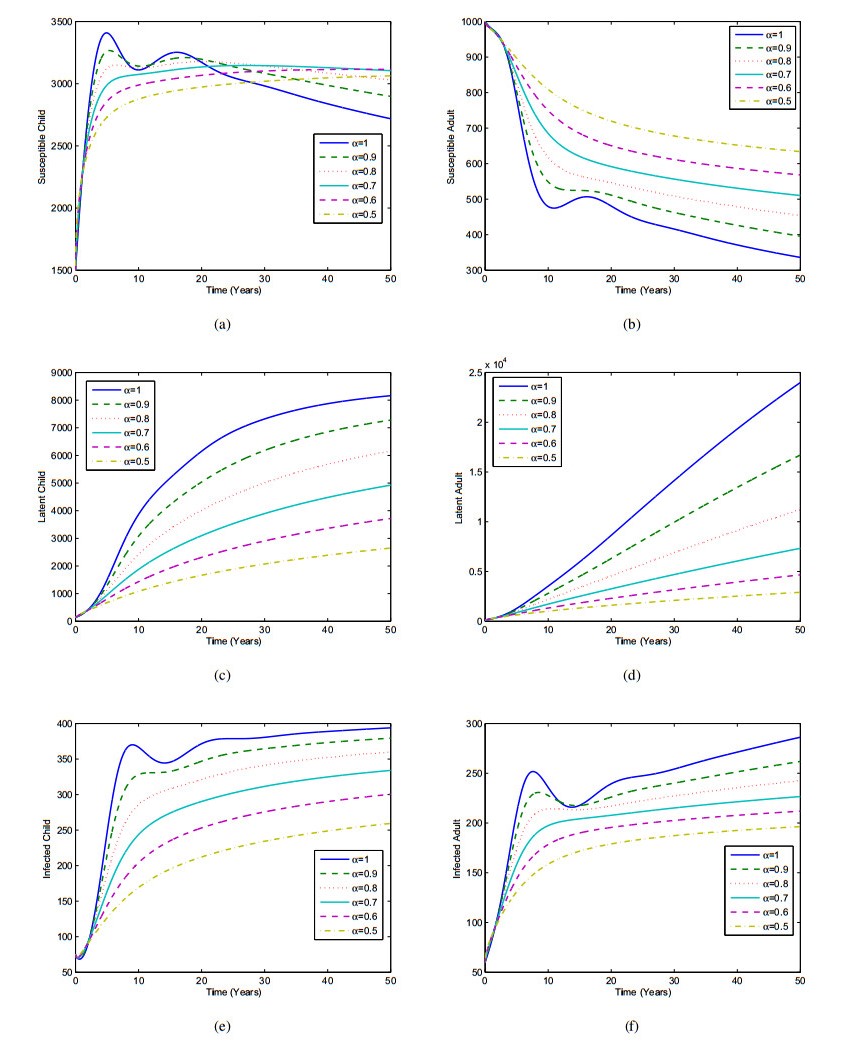
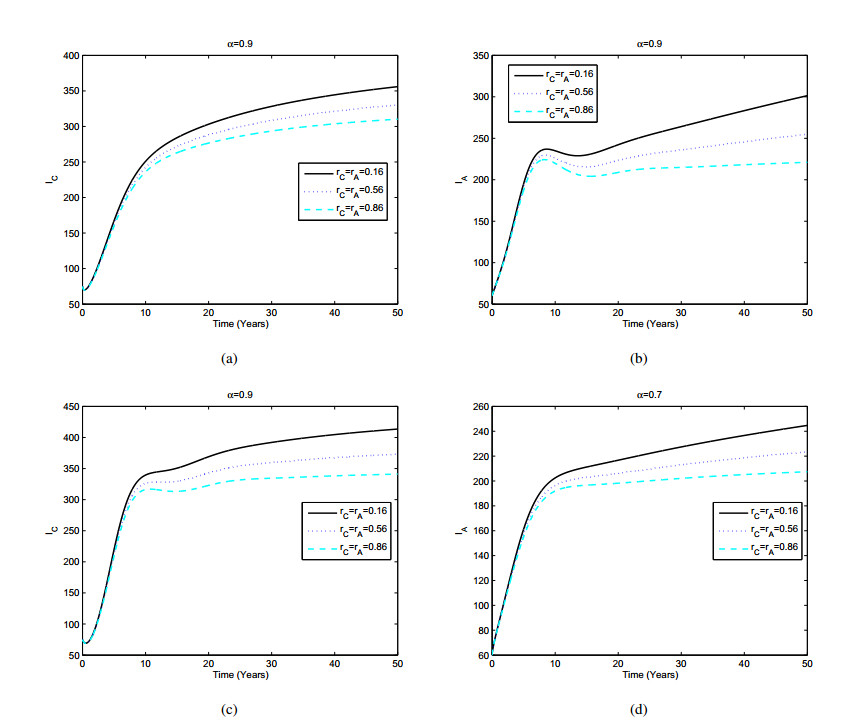
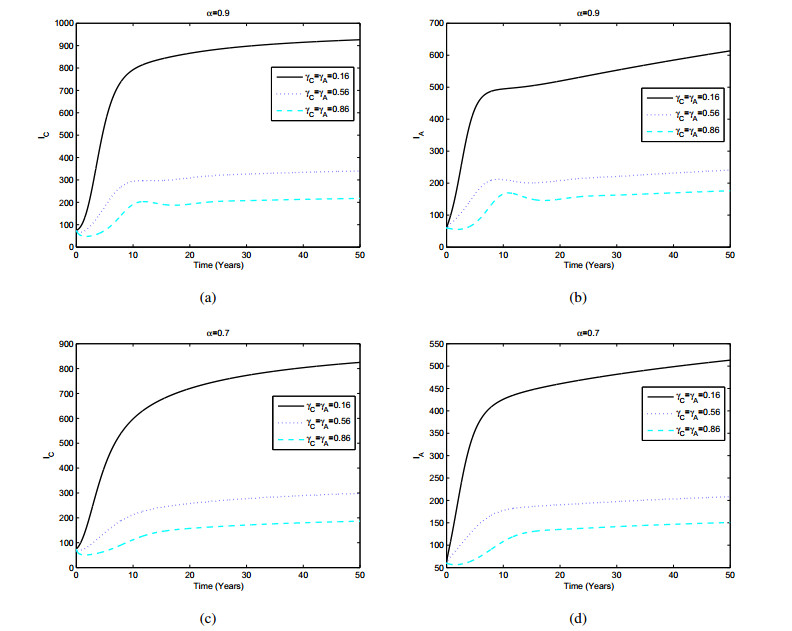
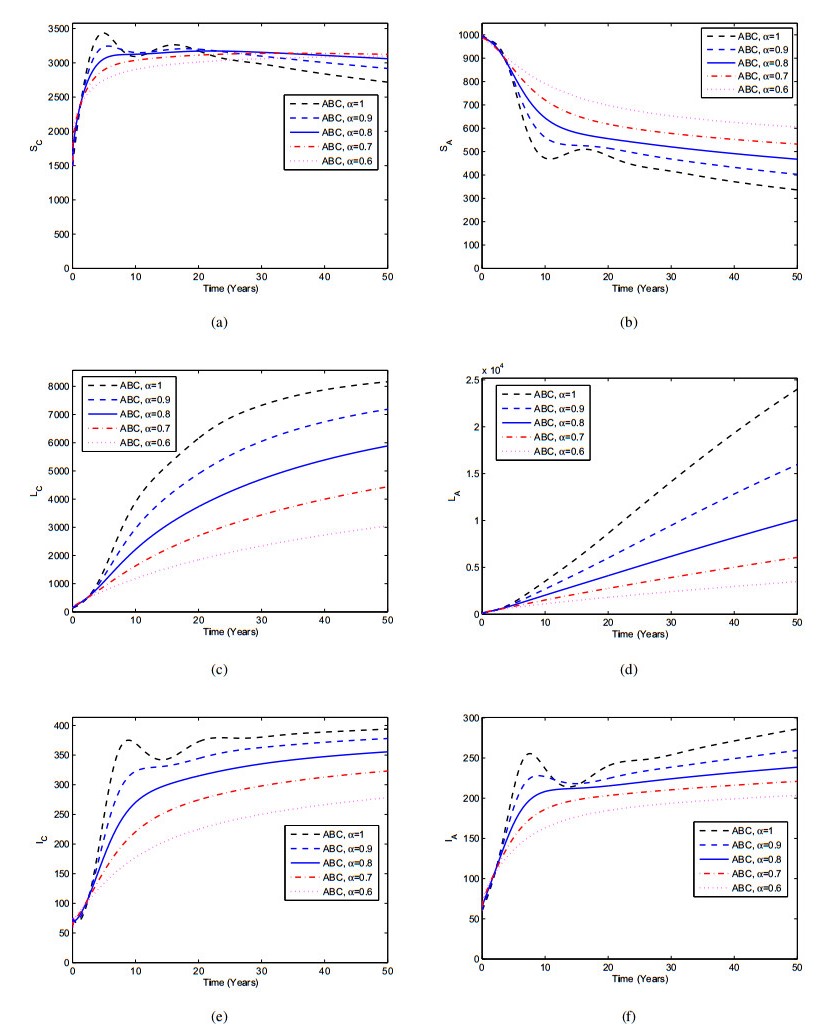
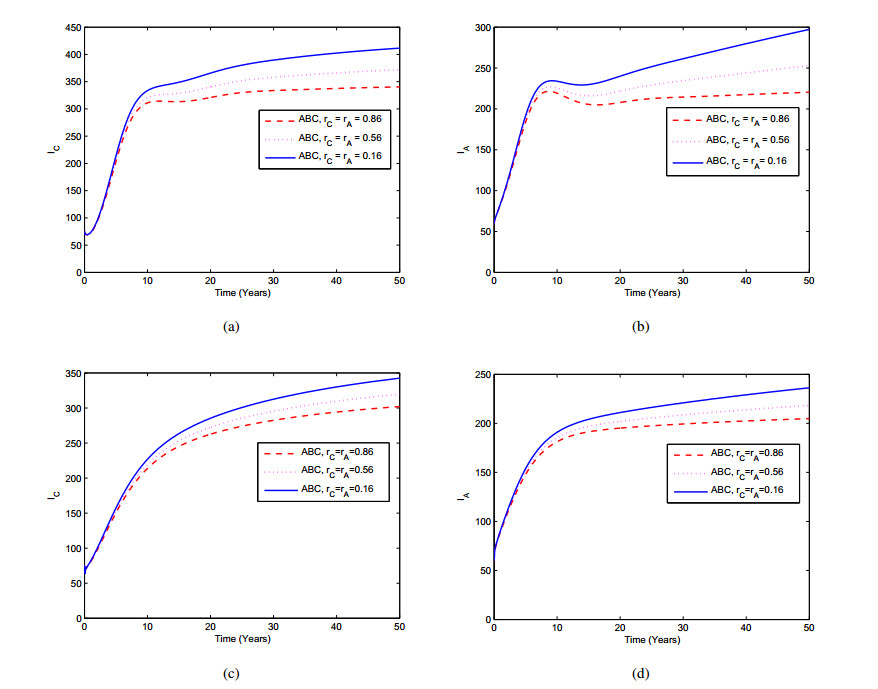
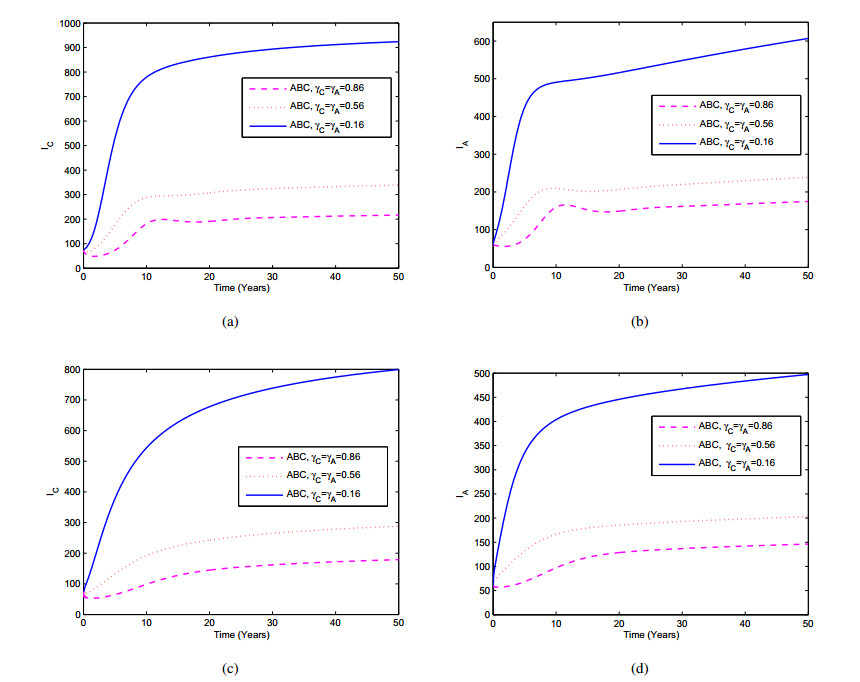
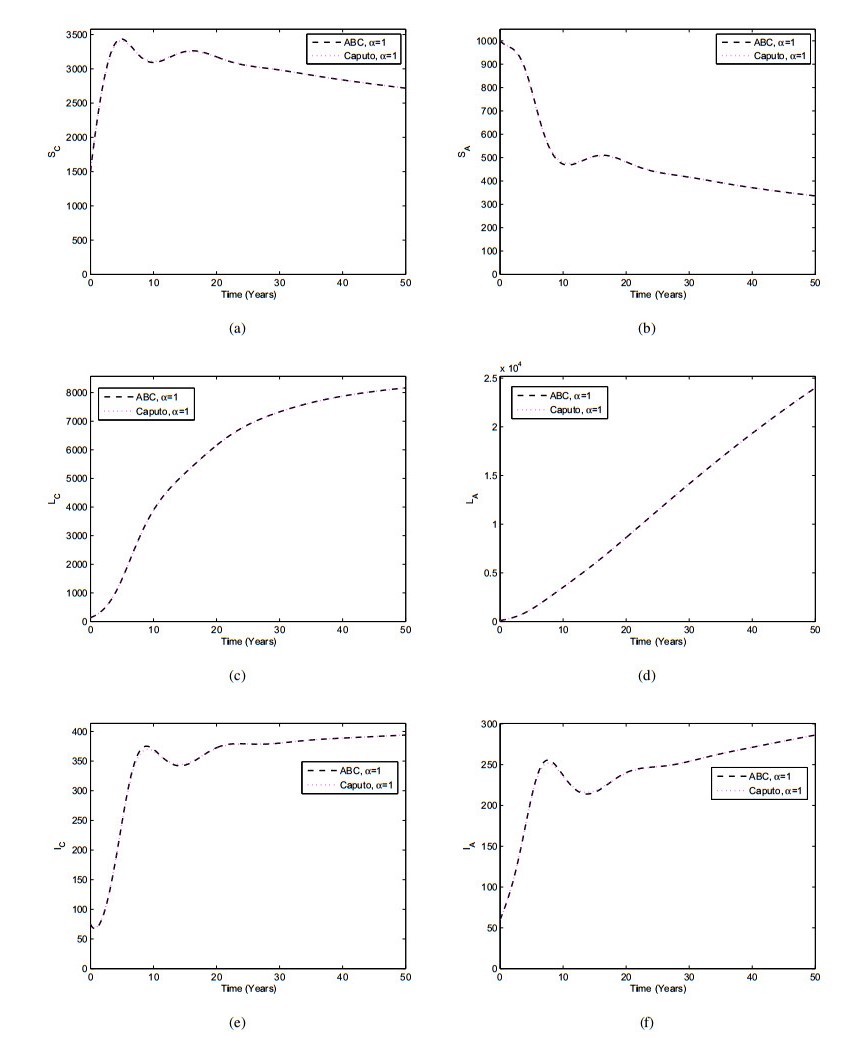
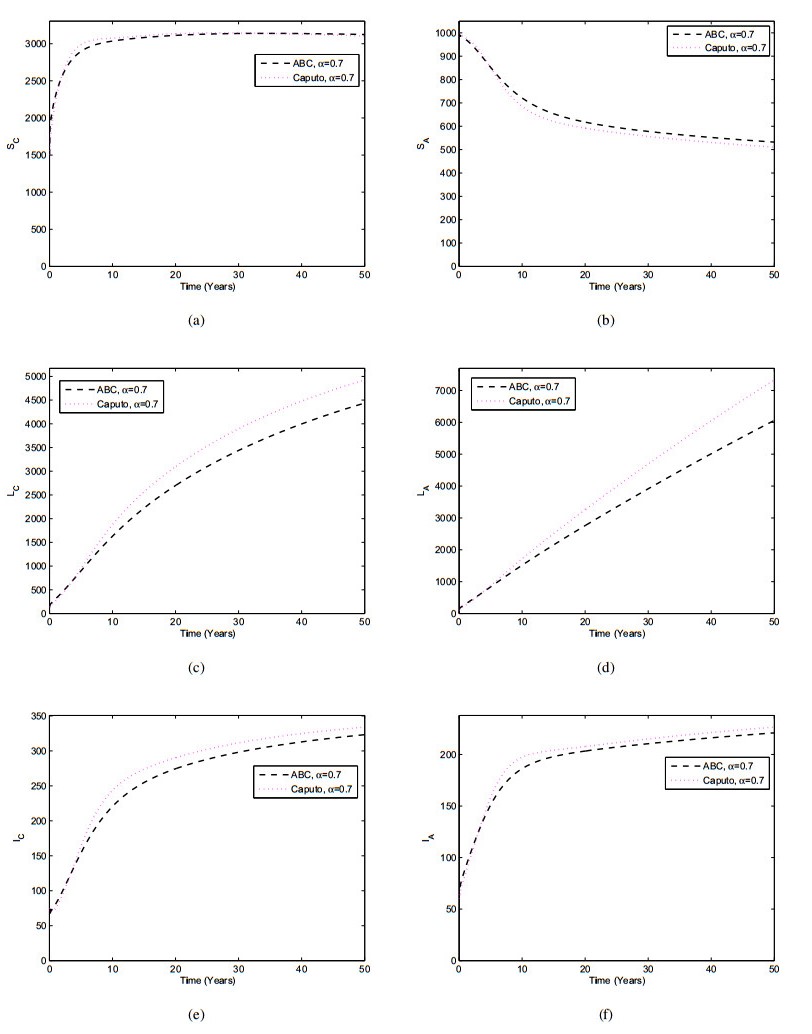
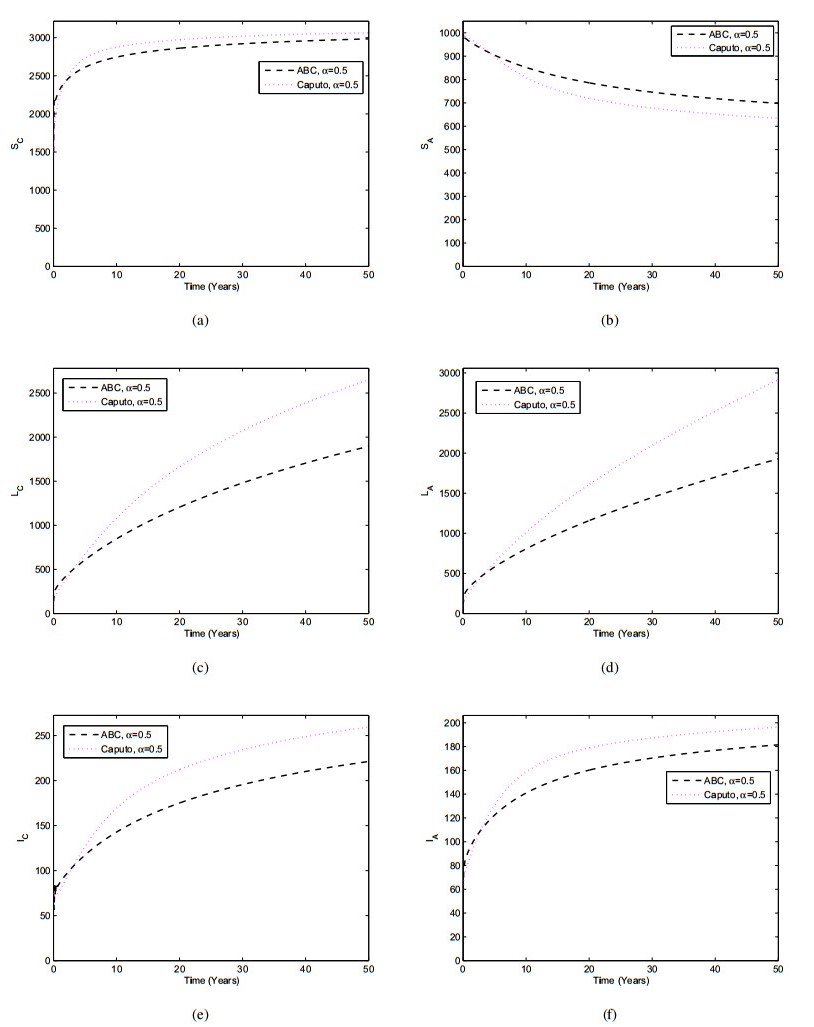
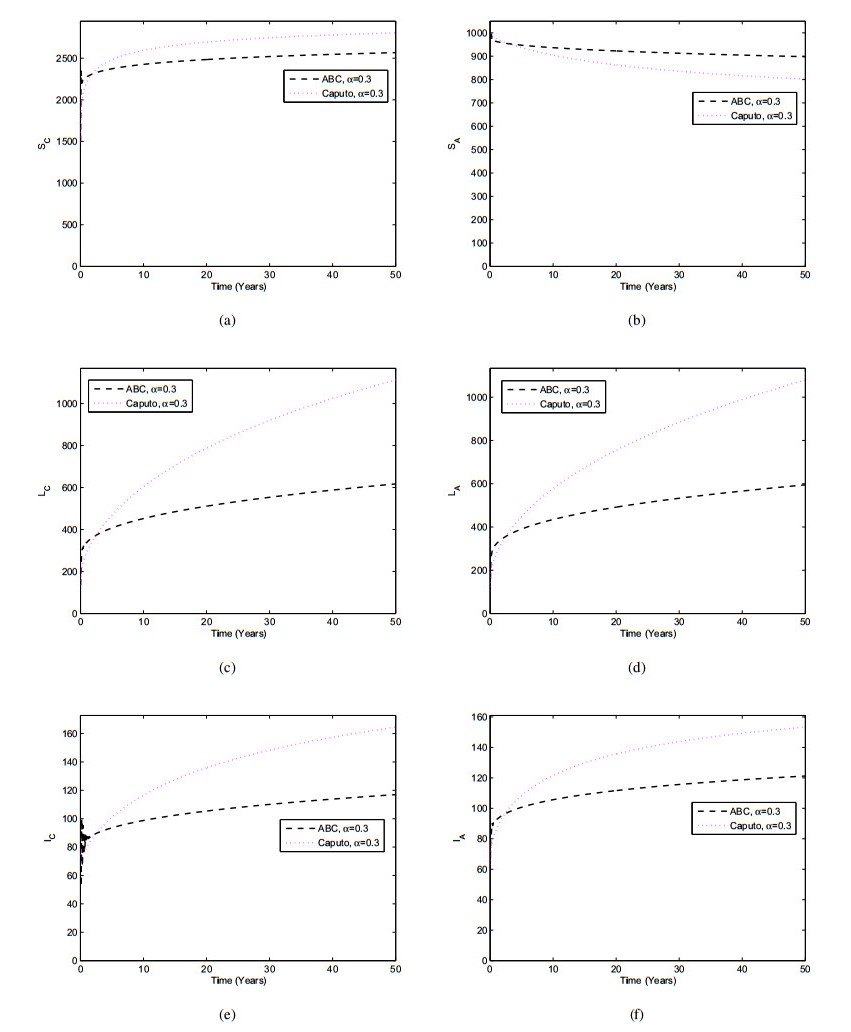


 DownLoad:
DownLoad: